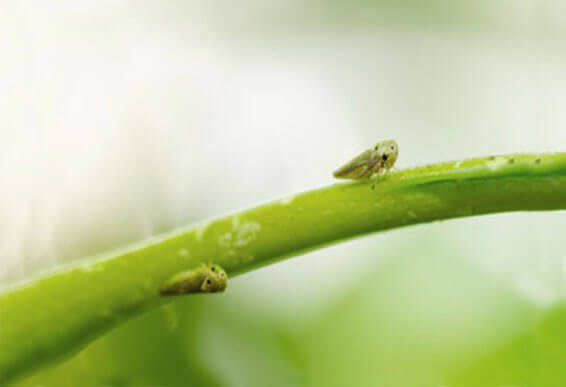
Crawling-Insect Diatomaceous Earth is great for your garden and deadly to the aphids killing your plants. Aphids feast on plants by piercing the plant and sucking its moisture. In doing so, they actually transmit a virus into the plant which makes it curl and distorts its growth. If left unchecked, aphids can wreak havoc in your garden. While there are various kinds of pesticides, many people look for organic aphid control as a more natural treatment option.
A single aphid can produce 80 offspring in a week. They come in a variety of colors such as green, red, brown, black, and yellow. Check your plants a couple of times a week as you walk through the garden or do other activities such as watering and weeding. Look for plants that are yellowing, curling, or exhibiting distorted growth. This could be a sign of an aphid infestation.
If a particular plant is covered in aphids, it might be better to just cut it off and dispose of it. This won't completely eliminate the problem, but it can slow it down enough so you can keep ahead of the aphids.
See below for simple instructions to learn how to use DE as a natural aphid control solution to rid your garden of aphids without damaging your precious plants.
Step 1:
Increase the pressure of your hose when you water your plants (but not enough to damage them). The force of the spray can actually knock aphids off plants. This serves another purpose: it helps the diatomaceous earth stick to the plant more effectively. Spray all sides of the plant, including the base and the underside of the leaves.
Step 2:
Use one of the dry application methods along with one of our dusters like those listed here. Start dusting your plants while they're still wet. Make sure to get the base on the underside of the leaves as well. Avoid getting DE in flowers or on petals though, because it can harm bees.
Step 3:
Leave a little DE around the base of the plant to ensure dusting any Aphids that have been knocked to the ground.


